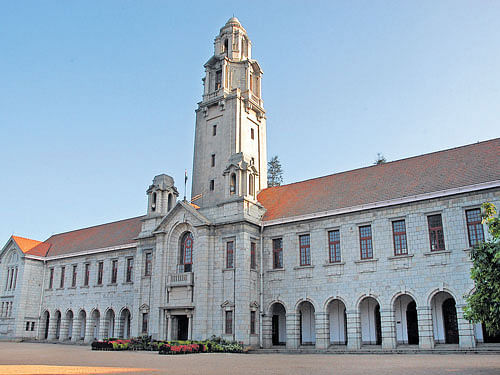
Researchers at the Indian Institute of Science (IISc) have developed a model that can help gauge the crowd density simply through a picture of a gathering of people.
The technology could lead to better crowd management and avert disasters like the ones that take place during the Kumbh Melas in North India.
Prof R Venkatesh Babu, assistant professor, Department of Computational and Data Sciences (CDS) at IISc, and his team from the Video Analytics Lab at the institute use neural networks and deep learning models. Neural networks are the core blocks of the machine -learning paradigm — deep learning.
Deep learning involves algorithms that attempt to model high-level abstractions in data by using a deep graph with multiple processing layers and the ability to handle unknown inputs and learn from observational data.
The research team applied these techniques to estimate the headcount in a set of images with dense crowds. While there are methods that use videos and images to estimate the crowd count, the one used by IISc scientists can estimate a crowd ranging from 100 to 2,000 people using simple static images, rather than videos, with better accuracy.
They used about 50 grey scale images from a wide range of scenarios such as concerts, political rallies, religious gatherings, stadia among others, with the number of people per image varying between 94 and 4,543. In most of the cases, the predicted count was close to the actual count. To quantify the performance of the model, the scientists compared their method with other existing models and found that their method was more accurate, said a release from the IISc.
Prof Babu explained that an extension of the current method, incorporating temporal crowd dynamics, can be used to analyse video streams, typically from surveillance cameras and drones.
“This analysis can aid civic planners and event organisers to predict anomalous crowd patterns leading to scenarios such as stampedes,” he said.